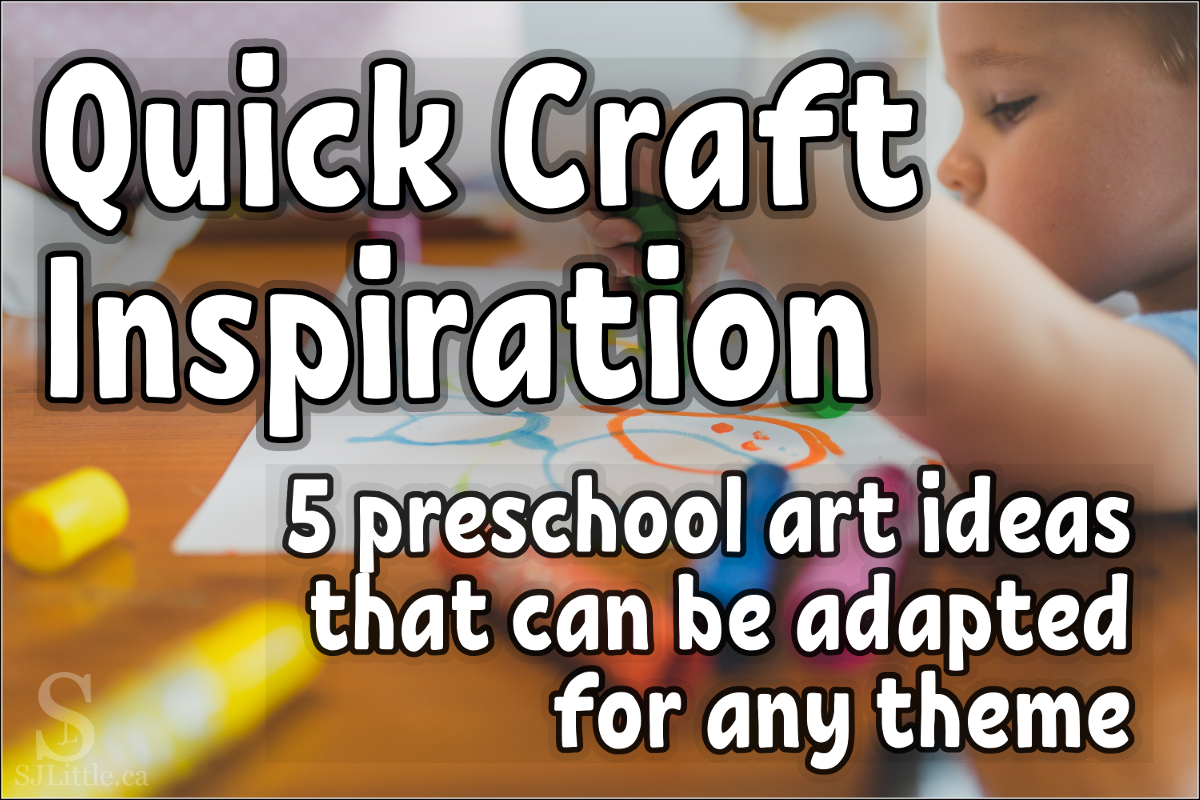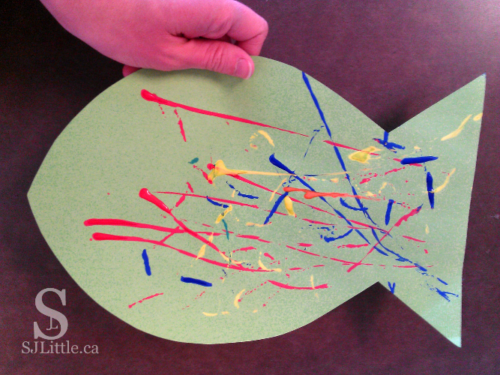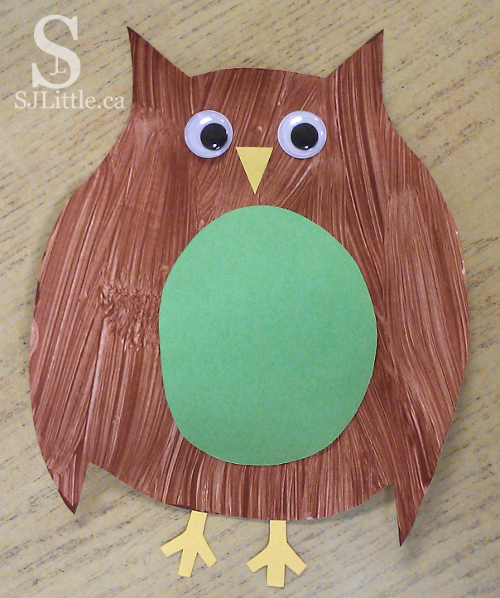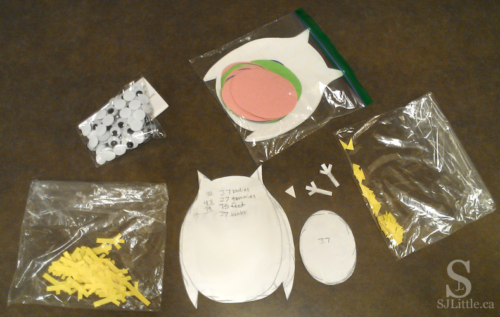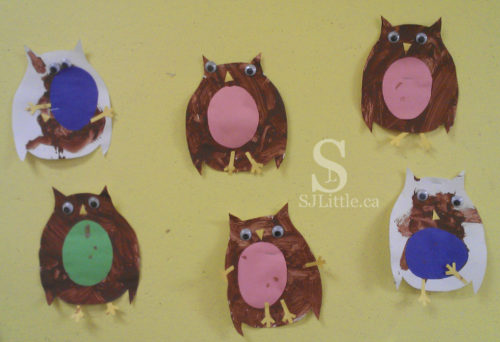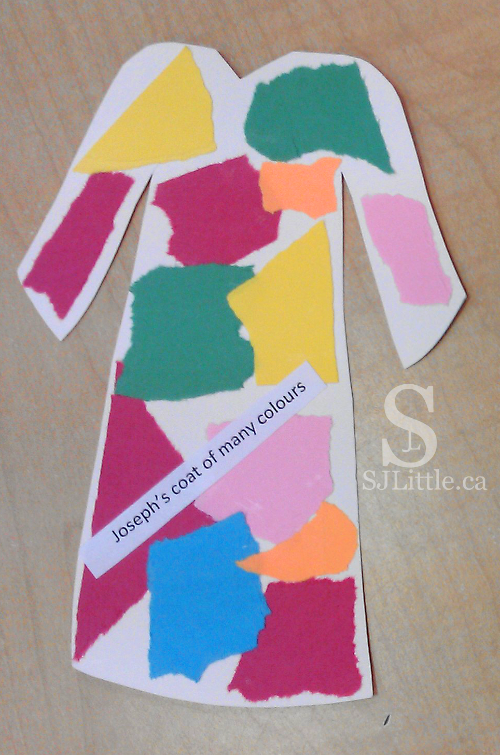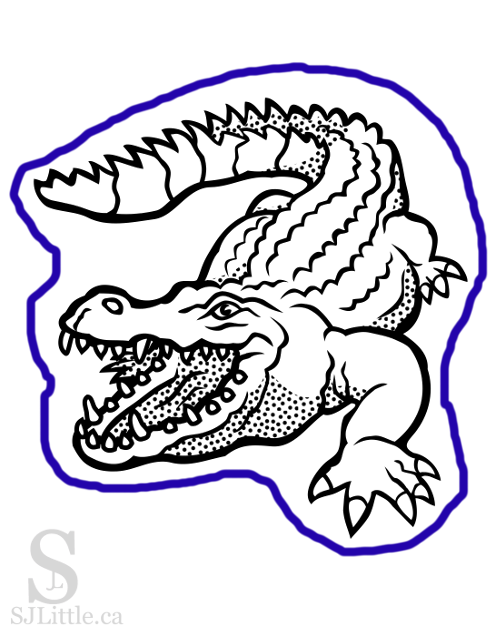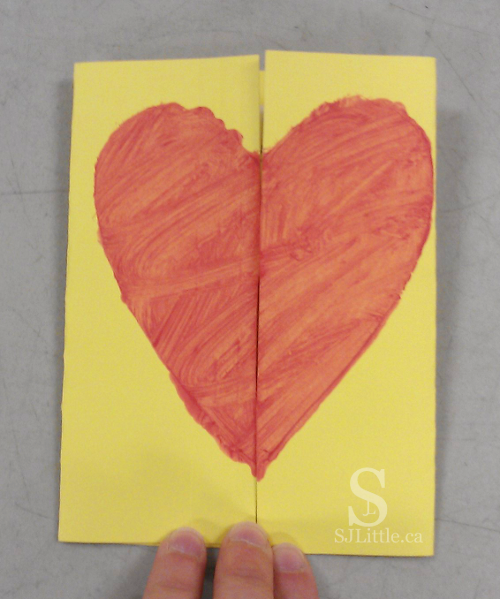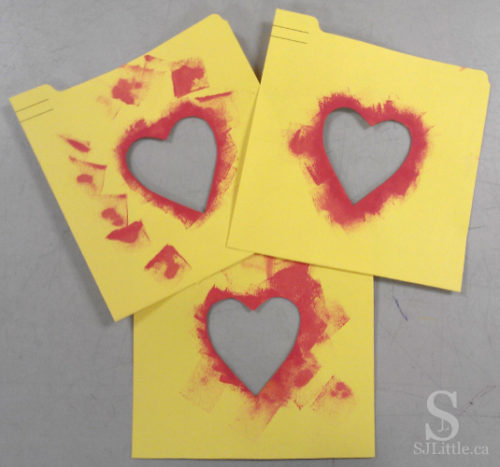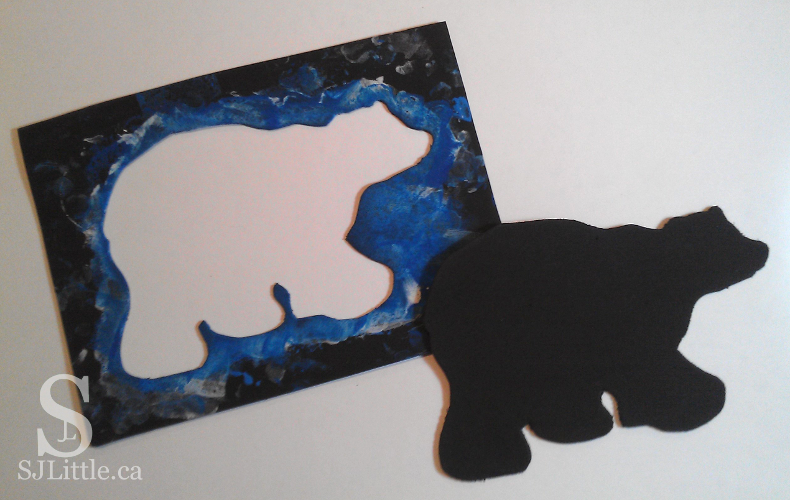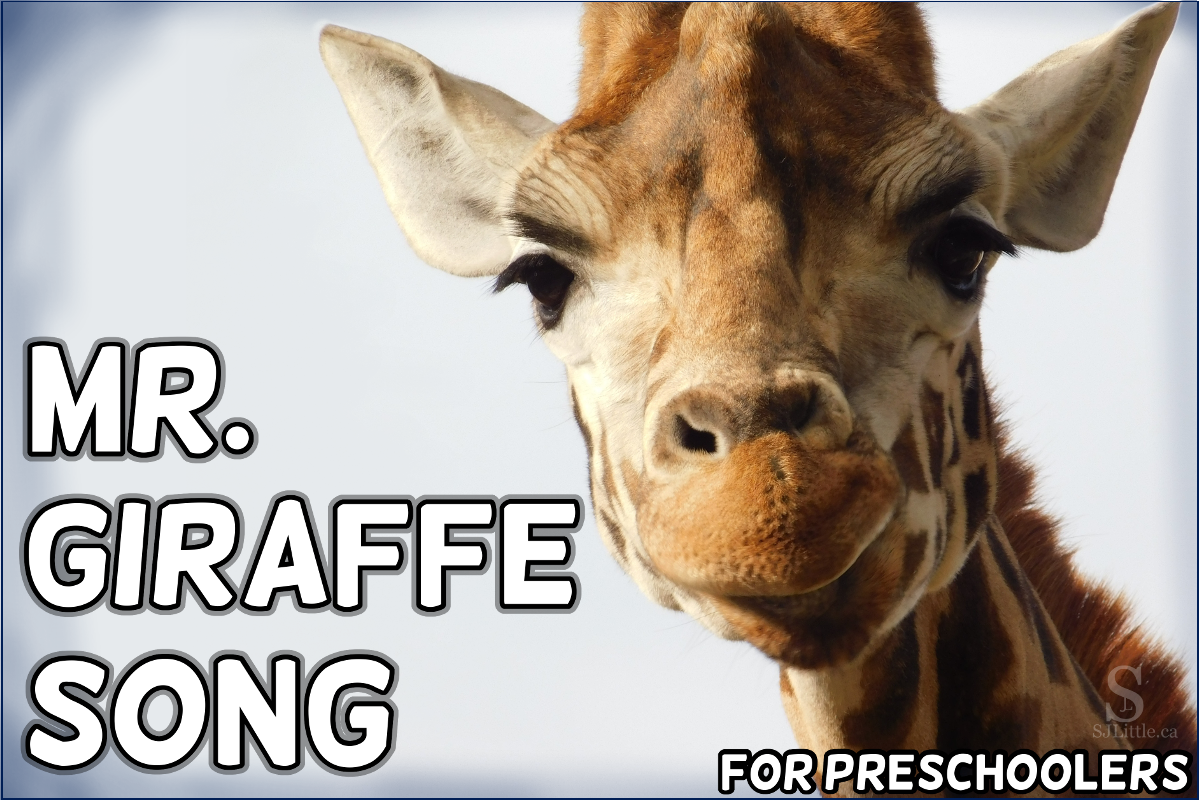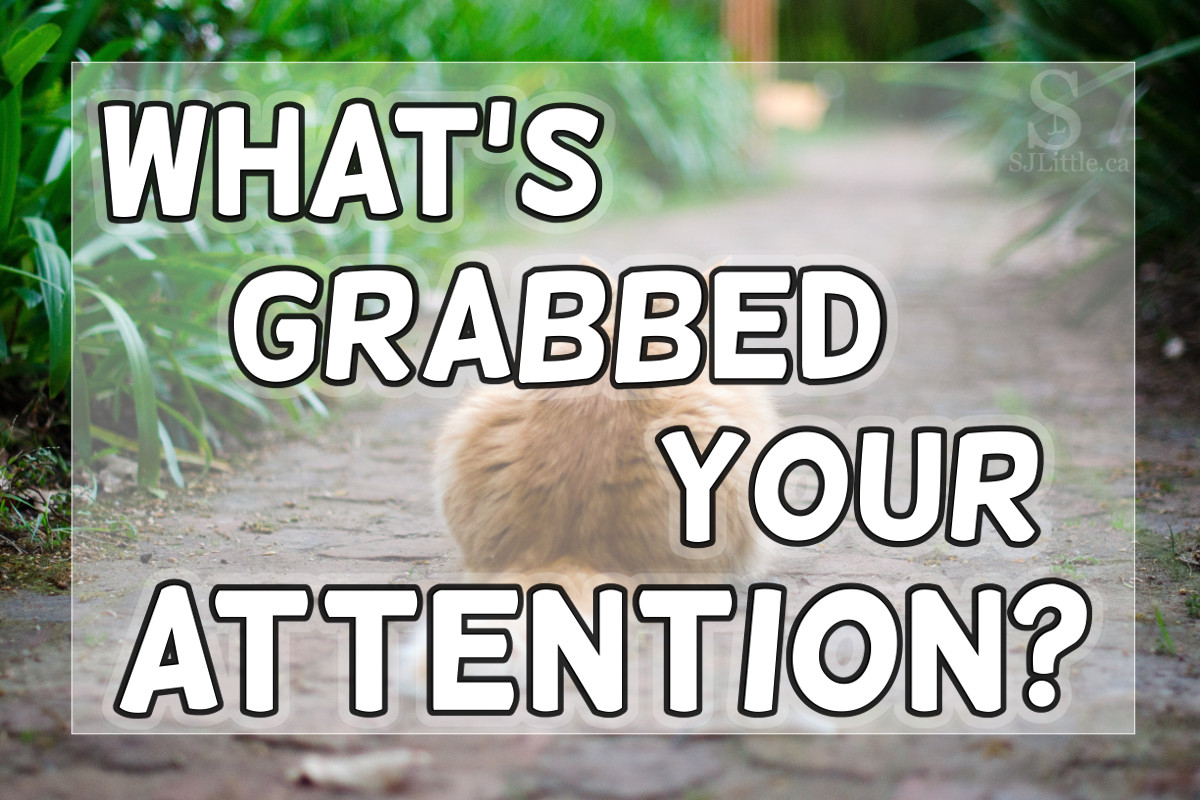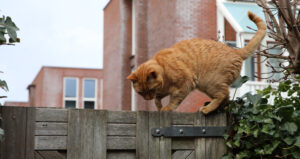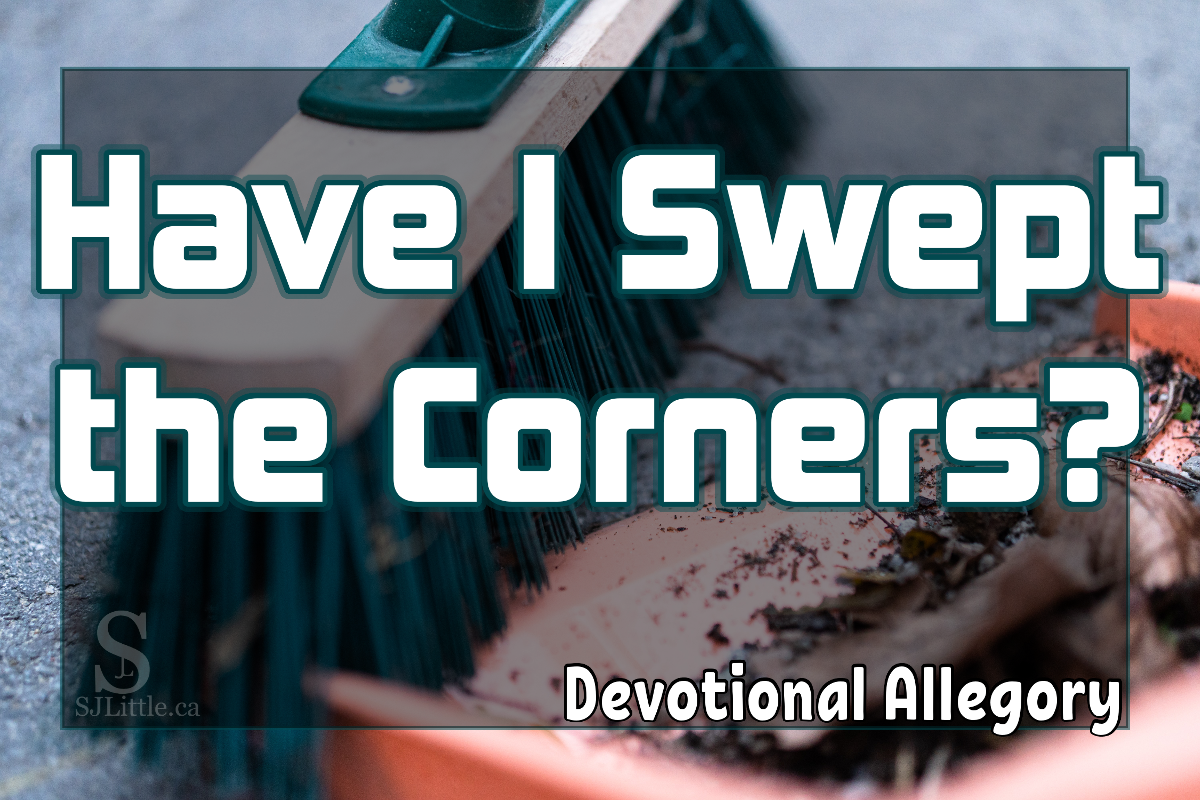
I placed my baby on the floor so I could tidy the kitchen.
She’s mobile now so I keep a close eye on her.
As I clear the breakfast things off the table, I watch her inspect the dishwasher.
She pulls at the bottom drawer handle. I grin as I set the dirty dishes aside. It’s incredible how much babies are drawn to door handles.
She looks down the heat vent as I wash her bib and highchair tray. It makes a fun sound when she pats it.
Then she looks at the corner. She crawls over to the white baseboards and begins grabbing at something on the floor.
I look closer.
“No, not those. Those aren’t for you.”
I squat beside her and pull something from her hand. A dried up leaf from the plants on the windowsill.
I shift her away.
Pulling out a stainless steel bowl, I encourage her to drum on it. Surely that will be a good distraction for her.
I take a moment to water the plants on the windowsill.
Next thing I know, there is my baby, reaching for those same dried-up leaves again.
I pull her away, sit her up, and place the drum right in front of her lap. I give her a toy chain link to drum with.
That entertains her for a while. In fact, that’s how I have time to record this story.
Now that my little one is mobile, I’m learning a lot about the number of crumbs I have on the floor. How is it that a little baby can find even the smallest crumb or fuzz?
She earnestly tries to grab such tiny things so as to stick them in her mouth.
Before now, I would often ignore the little bits of dirt on the floor. Occasionally I’d sweep or vacuum, but only when it got uncomfortably bad.
We have a cat. There’s lots of fur around. I didn’t let it bother me, but now here comes my baby, crawling along. When she finds a fuzz it goes straight into her mouth.
Of course, I stop her when I see her doing so. Nevertheless, it reminds me of the necessity of sweeping – even in the corners.
Then I wonder about my life. Have I been sweeping the corners or ignoring the dirt?
As a mom, I’m about to see all the dirt I’ve left in the corners of my life when my little one decides to mimic them. She’ll see what I’m doing, even the things I’m oblivious to, and she’ll copy them.
Then I’ll realize I need to sweep better.
This isn’t just for parents, though. Anyone who has younger folks in their life, watching how they live, is setting an example – even with those corners they forgot to sweep.
In fact, all of us are being watched by someone – our spouses, children, grandchildren, friends, neighbours, coworkers. They see how we live.
The Bible has a lot to say about taking care of the dirt in the corners of our lives.
Proverbs reminds us that we are known by our actions.
“Even a child is known by his deeds, whether what he does is pure and right.” Proverbs 20:11 (NKJV)
We are also told:
“Do everything without grumbling and arguing, so that you may be blameless and pure, children of God who are faultless in a crooked and perverted generation, among whom you shine like stars in the world, by holding firm to the word of life.” Philippians 2:14-16b (CSB)
Our lives are to be that lamp on a stand through which God can give light to those around us. (Matthew 5:14-16)
But how are my actions? Am I really shining? Or is there dirt in the corners blotting out God’s light in me?
I suppose I need to ask God if there are any corners I’ve missed, and then surrender them to Him so He can help me clean them out.
I need to sweep the corners before my baby gets the crumbs.

